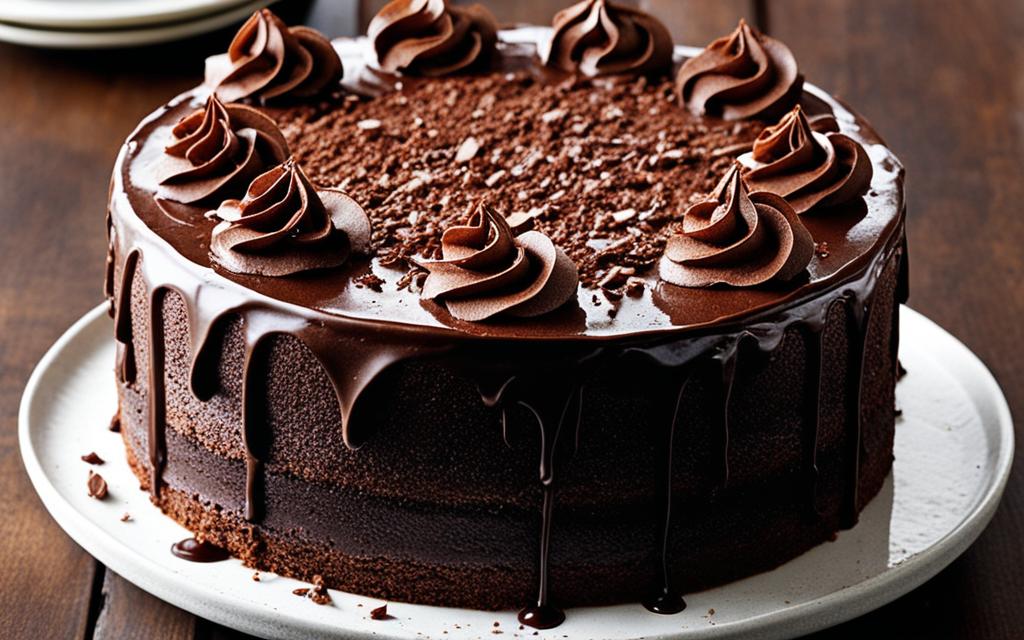Top Articles
Cakes
Health
Deserts
Phisical Wellness
Salads
-
Just Salad’s Spicy Avocado Dressing Recipe
Want to make your salad pop? Try Just Salad’s Spicy Avocado Dressing. This smooth mix…
-
Pasta Salad with Olive Garden Dressing Recipe
This easy pasta salad recipe is a delightful mix of pasta, fresh veggies, and zesty…
-
Ozette Potato Salad Recipe: A Unique and Flavorful Side Dish
Ozette potato salad blends the nutty flavour of heritage potatoes with fresh herbs and creamy…
-
Classic Sweet & Sour Salad Dressing Recipe
This classic sweet & sour dressing is perfect for any salad. It’s made with simple…
-
Copycat Provino’s Salad Dressing Recipe
Welcome to our blog post about a great copycat recipe. It’s for Provino’s famous salad…
-
Homemade Buddy’s Salad Dressing Recipe
Buddy’s Pizza in Detroit is famous for its tasty salads, especially their Antipasto Salad. It…






















































